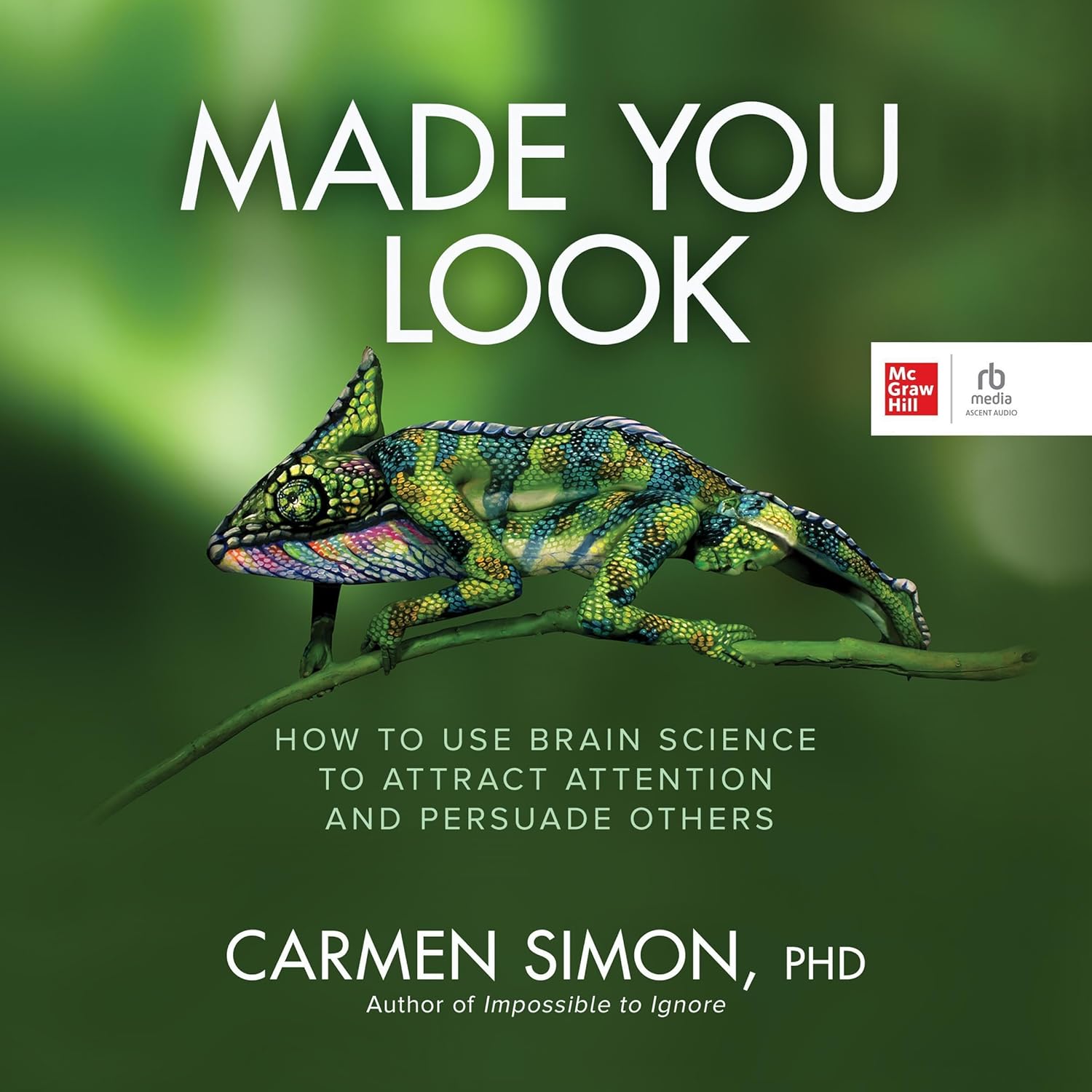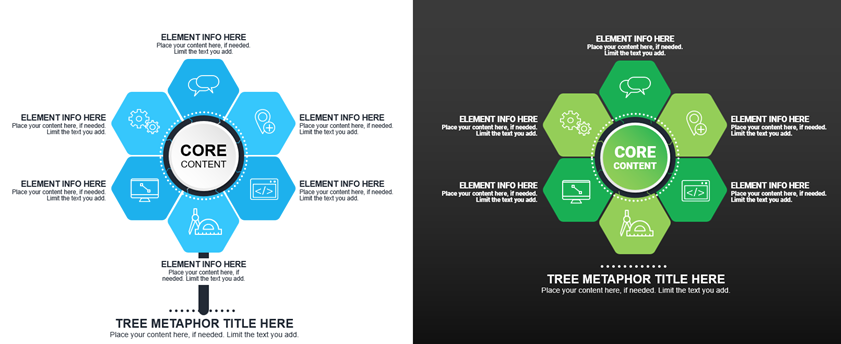This month, Mike Parkinson spoke about AI with GhostRanch Communications on their Presentation Thinking™ podcast.…

How can you use science to engage your audience?
Dr. Carmen Simon shows you how in her latest book, Made You Look.
(Look carefully at the cover. There’s more than meets the eye.)
I first met Dr. Simon at the Presentation Summit. Her keynote riveted the patrons. Her research-backed presentation strategies excited me. A neuroscientist, Dr. Simon uses the latest brain science to uncover what engaging, actionable messages an audience will remember.
Made You Look provides scientific evidence of what holds an audience’s attention and what helps them recall messaging. Outfitting her subjects with biometric sensors, Dr. Simon has conducted numerous studies on audience attention spans to learn what engages them when viewing sales and marketing presentations. She then gathered this data on human behavior into Made You Look, along with science-backed conclusions of what techniques are successful.
For one study, Dr. Simon compared the effectiveness of virtual versus face-to-face presentations. She discovered 40% of the presentations’ content was NOT seen by the audience—for both methods. Neither were more effective in holding the viewers’ attentions.
Another neuroscience study found that movement during a presentation had a positive impact on the audience. For example, a presenter drawing concepts on a whiteboard versus showing static slides of the same concepts synchronized viewers’ brains. Dr. Simon explains that brain synchronization is “desirable because it’s associated with shared attention and better collaboration, which are important in a business context.”
Something so easy as sketching concepts during a presentation can create more audience engagement. She also notes that slide animations can have a similar positive effect.
I was happy to find a chapter dedicated to metaphors. In my presentations and training sessions, I frequently use visual metaphors and encourage my audience to do the same. Our Build-a-Graphic PowerPoint add-in contains a myriad of visual metaphors to help users find different ways to visually represent their ideas.
So, what did Dr. Simon learn from her three neuroscience studies on the impact of metaphors?
Using many different metaphors in your presentation (30 to 80 percent) will decrease your audience’s fatigue and increase their motivation. Of course, that is only the corner piece of this multi-piece puzzle that reveals research-backed ways to be memorable.
Made You Look is easy to follow with dynamic, eye-catching imagery and real-world slide and graphic examples. It’s now a permanent fixture on my desk. When designing presentations, I want to always ensure I’m properly priming my audience’s brain for attention.
You’ll need to get the book to learn how easy it is to do that.
(Links to Amazon in this post are affiliate links.)


